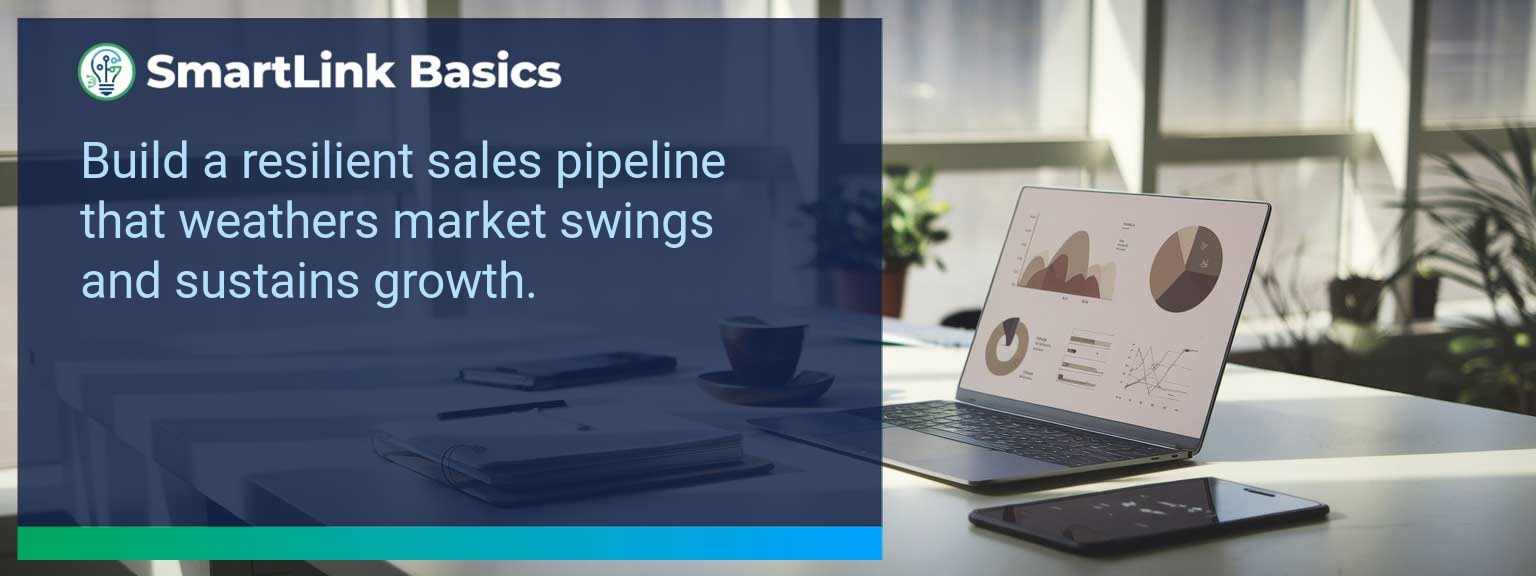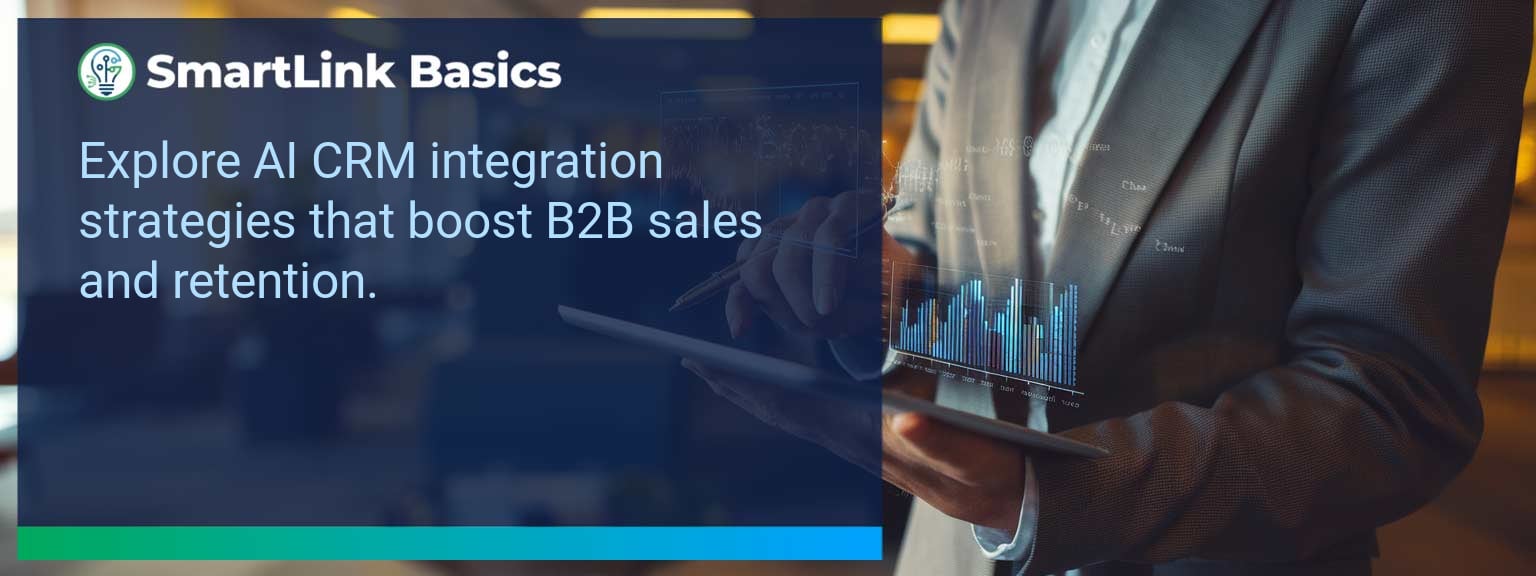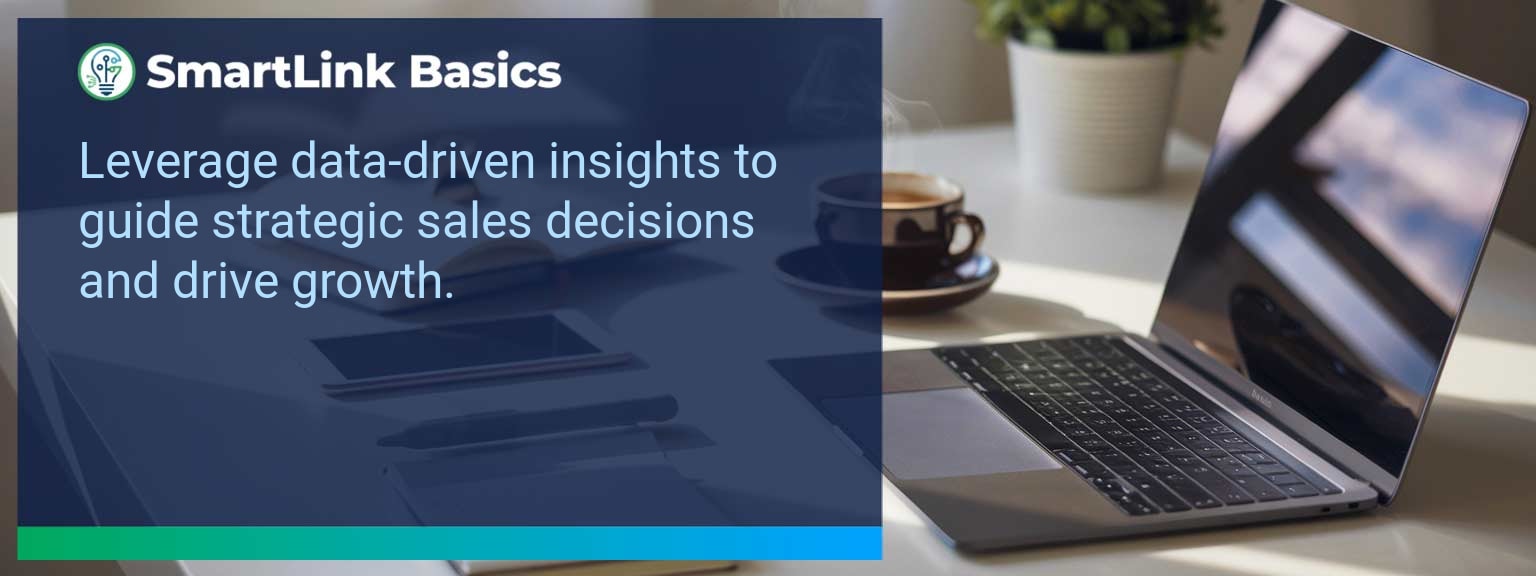In today’s competitive business landscape, achieving reporting efficiency through SmartSheet Report Building is not merely an operational improvement—it is a strategic imperative. A leading organization, striving for digital transformation and enhanced business intelligence, faced significant obstacles in its data management and reporting processes. Recognizing that streamlined reporting can drive strategic decision-making, the company embarked on a journey to transform manual, siloed processes into a dynamic, interactive framework. In this blog post, we explore how SmartSheet Report Building was used to foster robust cross-departmental collaboration, improve reporting efficiency, and ultimately enhance overall performance through measurable outcomes.
Challenge: Overcoming Reporting Inefficiencies and Market Pressures
The organization’s initial reporting framework was handicapped by several internal and external challenges. Internally, departments were faced with siloed data storage, manual reporting tasks, and outdated processes that led to significant resource inefficiencies. Externally, the company grappled with market competition, rapidly changing customer demands, and evolving regulatory requirements. These factors combined to create an environment where decision-making was slow, and the potential for performance gains remained largely untapped.
Some of the key operational obstacles included:
- Reliance on manual processes that increased the likelihood of errors.
- Lack of real-time data, resulting in delays in strategic decisions.
- Inadequate data management systems that hindered cross-departmental collaboration.
- Competitive pressures that demanded rapid, data-driven insights to capture market opportunities.
The challenges were not solely operational in nature. The absence of a unified reporting tool adversely affected the company’s capacity for business intelligence. Consequently, despite having a wealth of data available, critical strategic insights were slow to emerge. Recognizing the need for a transformational solution, the leadership identified SmartSheet Report Building as the key to unlocking improved productivity and enhanced competitive advantage.
Solution: A Strategic Three-Phase Approach to Reporting Transformation
To address the identified challenges and move towards a robust, automated reporting system, the organization adopted a three-phase approach: Advise, Create, and Execute. This structured methodology not only ensured a systematic transition to SmartSheet Report Building but also provided the needed framework for transforming data management and strategic decision-making.
Advise Phase: Discovery, Alignment, and Vision Setting
The Advise phase marked the critical initial step in the journey. During this phase, a comprehensive assessment of the existing reporting tools and processes was conducted. Stakeholder engagement was crucial, as input from various departments helped shape the transformation strategy. Through a series of workshops and consultations, the following key actions were taken:
- Discovery Process: A complete audit of existing systems highlighted critical gaps in data integration and reporting efficiency.
- Stakeholder Alignment: By engaging with leadership and department heads, the company ensured all teams were aligned with the goal of leveraging SmartSheet Report Building for digital transformation and enhanced business intelligence.
- Vision Setting: A shared vision was established, focusing on transforming manual reporting into a comprehensive, real-time digital experience that fosters improved decision-making across the organization.
This discovery process laid the foundation for addressing both the operational challenges and the strategic need for improved data management.
Create Phase: Designing Custom Reporting Frameworks
The second phase focused on designing and building the framework to support the new reporting system. Leveraging the robust capabilities of SmartSheet Report Building, the company set about developing customized dashboards and reporting tools that were tailored to its unique business metrics. During this phase, practical design decisions were made to ensure scalability, user-friendliness, and integration with existing systems. Key considerations included:
- Custom Tool Design: Tailored dashboards were designed to capture strategic metrics such as revenue performance, customer engagement, and operational efficiency.
- Framework Development: A new reporting framework was built with an emphasis on real-time data visualization and interactive capabilities. This framework integrated seamlessly with other business intelligence platforms, enhancing the overall data ecosystem.
- Change Management: Structured training programs and change management workshops were planned to familiarize all users with SmartSheet Report Building. Emphasis was placed on reducing resistance to change and ensuring a smooth transition from manual processes.
By the end of the Create phase, the organization had not only modernized its reporting capabilities but had also established a digital framework poised to deliver value through enhanced performance gains and improved cross-departmental collaboration.
Execute Phase: Implementation, Coaching, and Accountability
The Execute phase translated the strategic blueprints developed in the previous stages into actionable processes. After finalizing the custom reporting framework, the new system was rolled out organization-wide. The implementation phase was carefully managed to ensure sustainable adoption:
- Implementation: SmartSheet Report Building tools were deployed across all business units. The rollout prioritized critical departments first, followed by a phased integration into other segments of the organization.
- Coaching Initiatives: Hands-on training sessions and coaching were provided to empower teams to use the new system effectively. These sessions were crafted using practical examples to highlight the benefits of streamlined data management and performance monitoring.
- Accountability Systems: Monitoring mechanisms were put in place to track usage and performance improvements. Regular check-ins and analytics reviews ensured that the system met expectations and was continuously refined.
This phase confirmed that the strategic planning and design were well-founded, as team members quickly embraced the new processes, leading to immediate improvements in reporting efficiency and strategic decision-making.
Results: Quantifiable Gains in Efficiency and Revenue
The transformation initiative yielded substantial improvements across several critical business metrics. Thanks to the adoption of SmartSheet Report Building, the company experienced marked enhancements in reporting efficiency and overall business intelligence. Key results were measured through both qualitative feedback from users and quantitative metrics:
- Increased Report Adoption Rates: The unified dashboards and real-time data access led to a significant surge in report adoption, with over a 60% increase in active usage across departments.
- Faster Decision-Making Cycles: Automated data processing and dynamic reporting tools reduced the time required for decision-making processes by nearly 50%, empowering management to react swiftly to market changes.
- Enhanced Cross-Departmental Collaboration: The integrated framework fostered improved teamwork, with data sharing increasing by over 40% across previously siloed departments.
- Revenue Growth: By enabling faster, more informed decisions, the streamlined reporting processes contributed to an uplift in overall revenue generation. Early estimates indicated a revenue growth increase directly attributable to the improved reporting system.
These measurable outcomes underscore the transformative potential of SmartSheet Report Building. Not only did the company achieve operational efficiencies, but it also strengthened its competitive edge by aligning digital transformation with strategic business intelligence initiatives.
Further, the initiative generated powerful analytics and visualizations that provided deep insights into operational performance. These visual aids not only reinforced the strategic value of adopting SmartSheet Report Building but also served as a critical tool in aligning business intelligence with daily operations. The detailed dashboards and custom reporting tools facilitated an environment where every decision was data-driven and every operation was optimized for peak performance.
Future Use: Scaling Transformation for Lasting Competitive Advantage
Looking forward, the company is poised to expand the benefits realized through its SmartSheet Report Building initiative across additional business units and global markets. This phase of scaling and sustaining transformation focuses on embedding the new reporting framework into the organization’s long-term strategy. Future usage plans include:
- Expansion Across Departments: The seamless integration and impressive initial results have encouraged other business units to adopt the SmartSheet platform, further driving digital transformation across the enterprise.
- Continual Enhancements: Ongoing investments will be made in developing additional features within the reporting framework, ensuring that the system remains at the cutting edge of business intelligence and data management.
- Integration with Emerging Technologies: Plans are underway to integrate advanced analytics and machine learning tools with the SmartSheet dashboards. This integration is expected to provide even deeper insights, further refining strategic decision-making processes and enhancing overall performance gains.
- Long-Term Strategic Value: By embedding the reporting framework into routine operations, the organization is cultivating a culture of continuous improvement and innovation. This approach reinforces the company’s commitment to digital transformation and positions it to sustain its competitive advantage over the long term.
In summary, investing in SmartSheet Report Building has not only remedied immediate reporting efficiencies but also laid the foundation for a continually evolving, strategically aligned digital ecosystem. The initiative has demonstrated that with a methodical, three-phase approach—comprising discovery, custom framework development, and full-scale execution—businesses can transition from outdated, manual reporting to a dynamic, data-driven future.
This evolution is a testament to the power of digital transformation in driving organizational success. By prioritizing both the technical and strategic facets of reporting, companies can create a framework that delivers measurable performance gains, fosters cross-departmental collaboration, and supports long-term revenue growth.
As the pace of digital transformation accelerates, the significance of efficient, integrated reporting systems cannot be overstated. By embracing SmartSheet Report Building, your organization can overcome current challenges and position itself at the forefront of innovation. The journey from manual, inefficient reporting systems to a robust, automated digital framework is not only feasible but essential for achieving lasting competitive advantage.
Leaders and decision-makers should take note: this transformation is not a one-time initiative but an ongoing process. Continual review and refinement of reporting tools, aligned with strategic and operational objectives, will ensure that your organization remains agile, responsive, and ready to capitalize on emerging market opportunities.
Embracing SmartSheet Report Building means setting a clear direction for a future where reporting efficiency and business intelligence drive every aspect of decision-making. This forward-thinking approach will cement a legacy of operational excellence and strategic innovation, paving the way for sustained growth and long-term success.








